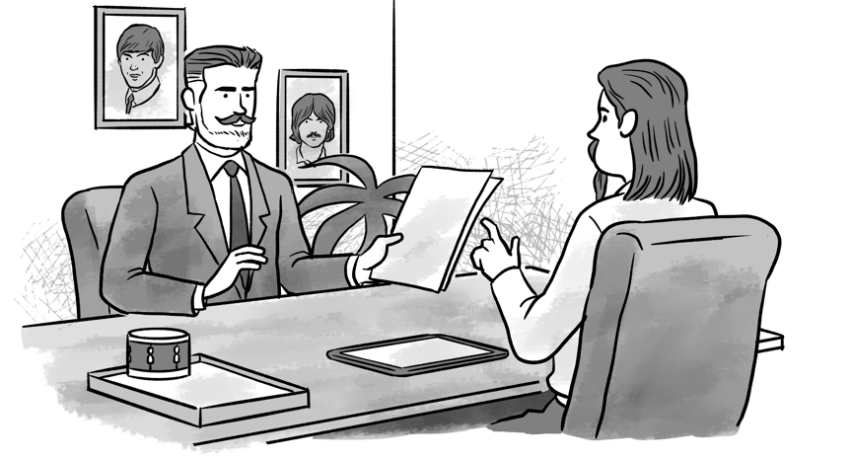Judy is a Scrum Master for an Agile team of 8 people including developers, testers and UX members. The team is working on a core platform part of the product which has an impact on all the other modules of the product. There is significant expectation on the team to deliver the core part, meeting the needs of all the dependent modules with high quality and speed (as the other modules are waiting for this core part). The team follows Scrum practices as meticulously as prescribed by any good book on Agile. Judy is aware that the team’s performance will increase many-fold if they function more as a self-organizing and collaborating team. She notices that the key impediment to this is the Tech Lead whose caustic behavior is putting off the team members in taking ownership. Judy has a one-on-one discussion with the Tech Lead and observes that his behavior was not intentional, but due to not being aware that his behavior was a problem.
How can Judy help the Tech Lead to change so that team’s overall performance improves?
Suggested solution:
Looking at Judy’s understanding and analysis of the situation and the initial interaction with the TechLead, Judy seems to be a mature Scrum Master with good awareness and emotional intelligence. Judy can use her these strengths to bring change in the TechLead’s behavior. As Judy noticed, it’s essentially a blind spot for the TechLead. If Judy can make her aware of her behavior and it’s impact on others and the overall team, she is likely to make an effort to change – this is the first and the most important step; subsequently Judy can help her in the change process. So, how should Judy approach this? Should she directly tell the TechLead about this? Will that approach work? With most people such direct approaches will not work; they create more resistance and defensiveness in the other person. Instead Judy can use Power of Questions so that the TechLead discovers this issue by herself. Then she will own it and be open to work on it. Judy needs to act with mindfulness in this process – be herself constantly aware about her emotions, impact of her questions to the TechLead and her responses/reactions and steering the conversation so that the TeachLead comes to the Aha moment.
Second phase of the journey in this change process will be equally challenging – that is about helping the TecLead work on herself to bring the change. Judy needs to coach her in this process and help her adopt mindfulness techniques to deal with herself and her interactions with others in a more conscious way.




